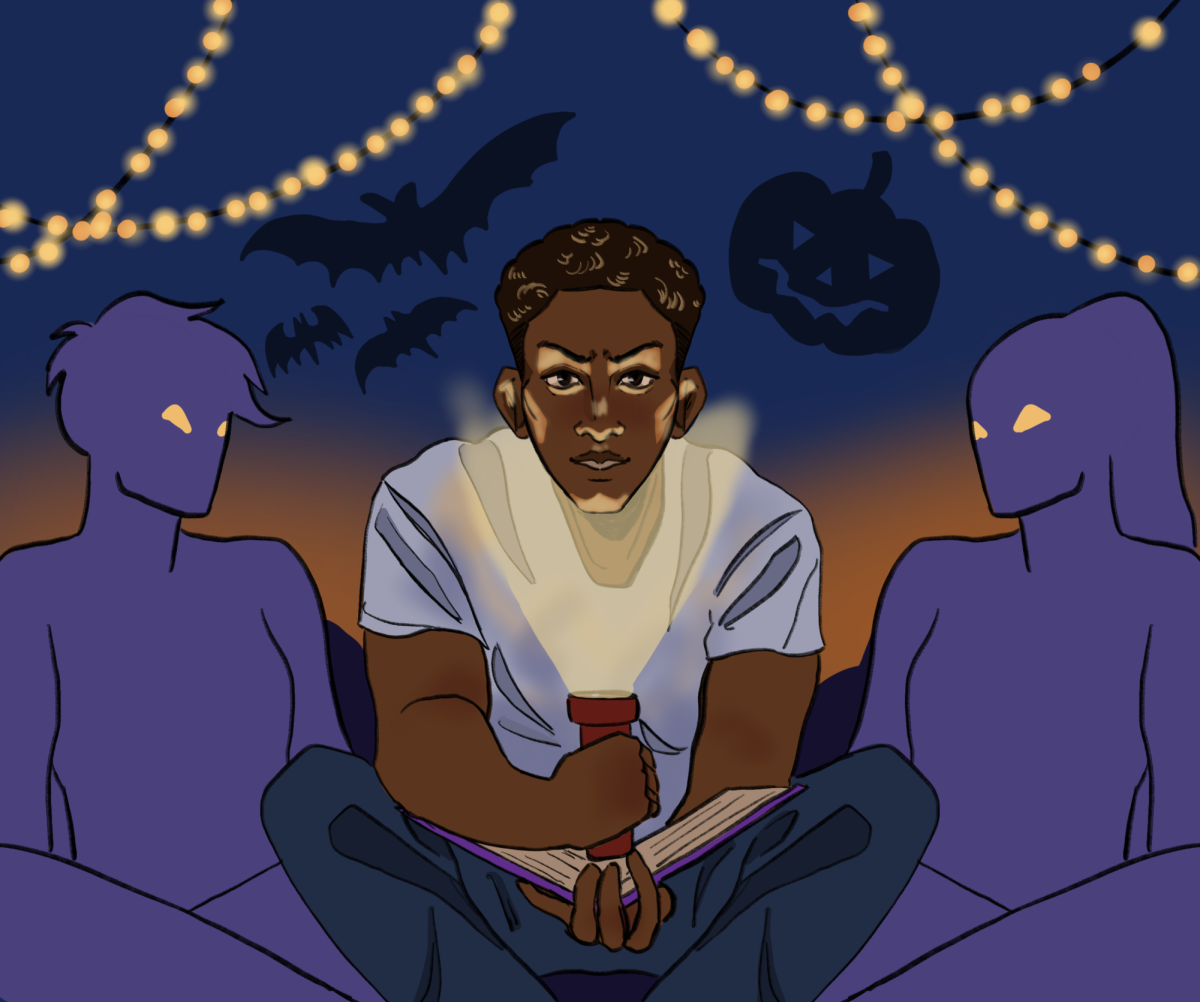Flashlights click, sinister smiles paint mouths and grim voices take turns telling chilling tales this time of year. Each story competes with the next to receive the shrillest screams or the widest gaping jaws. For those keen on the ritual of scary storytelling, or for those who just cherish a kick for horror literature, The Daily Texan compiled a list of short horror stories to read this October.
“The Ones Who Walk Away From Omelas” by Ursula K. Le Guin
In Le Guin’s short story, complicated yet happy people gather annually in the Green Fields of Omelas to celebrate the Festival of Summer. As descriptions of the city unfold, readers enter an unsettling utopia. With an inquisitive narrator breaking the fourth wall to comment on the Omelas’ secretive nature, readers begin to question the fabricated beauty of this town. Through a slow yet rewarding progression, the story unravels the truth of a false utopia.
“The Lamp at Noon” by Sinclair Ross
Ross’ twist on the classic trope of a haunting lover leaves audiences feeling frightful and melancholy for married couple Elle and Paul. Living through a three-day dust storm on their farm, Paul tends to the animals and Elle stays with their child in their home. Disagreements on whether or not the farm is inhospitable cause the couple to isolate from each other further. Physically alive yet absent from each other’s hearts due to the isolation from the storm, threats of the unknown haunt the lovers.
“How to Get Back to the Forest” by Sofia Samatar
Samatar’s short story focuses on Tisha, a woman reflecting on her days as a girl at sleepaway camp — specifically the peculiar experiences surrounding her friend, Cee. As she recounts her past, Tisha paints a dystopian society in which the government takes children from their parents. Cee serves as a voice of confusion and reason for her peers, puking up bugs and revealing the camp’s deceitful facade. Samatar takes the familiarity of camp and taints it with disturbing imagery and uncovered truths.
“Red Goat, Black Goat” by Nadia Bulkin
Dissecting the concept of generational curses, Bulkin presents the residents of The Gunawan estate: a privileged family, a drove of wild goats and the Goat-Nurse, the spiritual entity overseeing the estate. Kris, a stranger to the family, arrives at the estate to become the family’s nanny but begins to see apparitions around the estate. Following Kris’ unusual journey, Bulkin combines common tropes with modern outlooks to foster a sense of eerie uncertainty in readers.
Editor’s note: A previous version of this story incorrectly named “Red Goat, Black Goat” as “She Said Destroy.” The Texan regrets this error.














